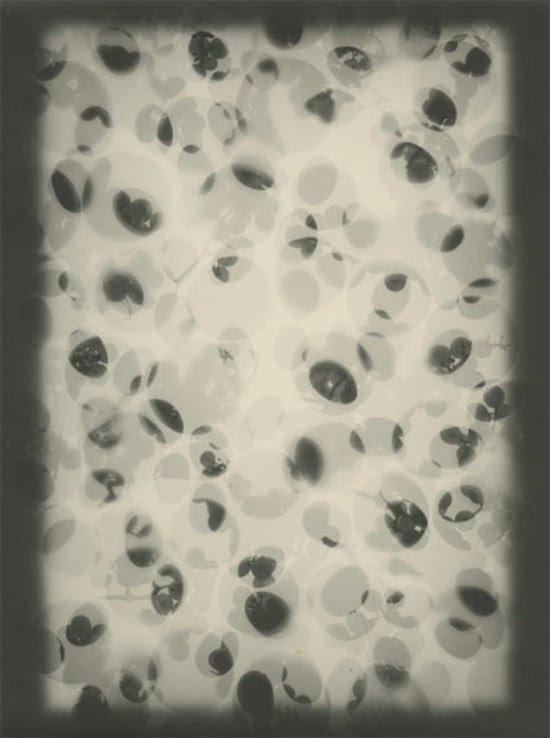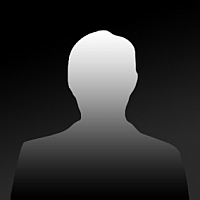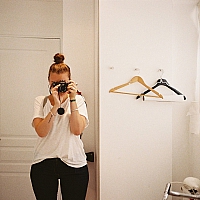
© Rudolf Lichtsteiner
Expositions du 24/10/2015 au 14/2/2016 Terminé
Fotostiftung Schweiz Grüzenstrasse 45 CH-8400 Winterthur Suisse
The exhibition "Rudolf Lichtsteiner – On the State of Things" at the Fotostiftung Schweiz is the first comprehensive retrospective of works by Rudolf Lichtsteiner (born 1938 in Winterthur). On show will be selected work groups from his archive already preserved at the Fotostiftung Schweiz since 2012. His complete oeuvre encompasses about 1’000 original prints, photo-objects and leporellos covering a time period of 50 years.Fotostiftung Schweiz Grüzenstrasse 45 CH-8400 Winterthur Suisse
Rudolf Lichtsteiner is one of the outstanding proponents of an artistic photography which, as of the 1970s, questioned what is regarded as the "authentic" photographic image and the representational capacity of photography. As early as the late 1960s he was one of the first Swiss photographers to reflect through his work on the media traits of photography, its characteristics and traditional cultural uses, and to sound out its borderlines with reality. Trained as a retoucher he first worked as an advertising photographer in Basel and Zurich. Around that time he also took his first free photo-series. Despite his innovative approach, his oeuvre has so far received only minor attention in the world of photography.
The exhibition at the Fotostiftung Schweiz will be the first to provide valuable insight into the different concepts of the image that Rudolf Lichtsteiner developed and consistently pursued throughout his photographic career. Lichtsteiner’s early photographs of Berlin dating from summer 1961 are the first to bear witness to his frequent travels around Europe. It aroused attention internationally when he was awarded the prestigious Prix Nicéphore Niépce in 1966 for these images of cities and landscapes, in which the self-taught photographer experimented for the first time with the process of multiple exposure. In 1967 Lichtsteiner put 22 photographs together to form the 880-centimetre-long leporello work entitled “Prague” – the first and most extensive object of this kind in his oeuvre. It is on show in this exhibition along with four other colour and black-and-white leporello works.
Rudolf Lichtsteiner’s encounter with the Czech photographer Josef Sudek and his works altered his photographic approach: from the early 1970s onwards, he began using photography to shift everyday items such as tables, trees or balls, out of their usual context, thereby underscoring their independent existence as things through new constellations. With negative montages and special lenses he created his fictional pictorial worlds in his studio. These unfold a tranquil, emphatic and sometimes dream-like poetry. In this, Lichtsteiner resemble a photographer- philosopher of things, whose range of meanings he tracks down and explores in large-scale cycles. The extensive "Tischgeschichten" (Table stories, 1981-1987) and the "Baum-Werke" (Tree works, 1979-1980) on show in this exhibition were done while he was teaching at the Schule für Gestaltung in Zurich. Rudolf Lichtsteiner was active there from 1975 to 1986; as head of the Photography Class from 1983. Lichtsteiner conceived his one and only film in 1983, in line with his exhibition "Reisen um mein Zimmer" (Travelling around my room). That film, which can also be seen in the exhibition, illustrates the genesis of his staging of things, introduces his working method, and at the same time constitutes an independent audio-visual work of art.
In the early 1990s Lichtsteiner took a whole new view of photography: in his "Sukzessionen" he addresses the theme of light as the primal photographic medium. Using several exposures and superimpositions of parts of plants, like weeds or fruits, he produced photographs that he himself describes as “spatiality-oriented and rich in tonal values, transparent and compressed”. These large painterly images occupy a particularly central position in the exhibition. Behind what Lichtsteiner calls his "sun exposures" or "heliographs" he also questions photography and its potential. These photograms of simple objects, which he produced as of 1993, generate a play of colours ranging from sepia to ochre to shades of purple and yellow. Our exhibition includes about a dozen of these unique works. His first sun exposures, dated 1979, are a particular rarity: for these Lichtsteiner placed lettering as a kind of negative on acorn veneer which he then exposed to the sun for months so that fine positive letters appeared on the light-sensitive wood surface.
Lichtsteiner’s text-images are another focal point of this exhibition: in the 1990s he made these images with programmatic titles like "Photography is so difficult because it’s so simple", "Chance" or "Anyone can join in" – hypotheses that reveal the philosopher in him. Here, three-dimensional wooden letters become the protagonists of these aesthetically-reduced images which are used by Lichtsteiner to question photography and its cultural significance. Around the same time he began to write down assumptions about photography which he then combined with his images in artist’s books. By interlacing his own texts and photographs, Lichtsteiner not only expressed his thoughts about his images retrospectively, but also established new connections and meanings within his books. Since 2009, writing about photography has totally superseded the actual taking of photographs. Yet, be it photography or writing – the exhibition at the Fotostiftung Schweiz shows that Rudolf Lichtsteiner is always concerned with expressing an idea and that for this he uses both media, alternatively or interlinked. Moreover, he does so in his own very specific way.
To mark the exhibition a book entitled Rudolf Lichtsteiner – Fotografische Bilder will be published containing a selection of photographs and fanfolds by Rudolf Lichtsteiner, essays by Heiner Bastian, Marina Bergholz, Udo Breger, Peter Degen, Dieter Froelich, Guido Magnaguagno and Ilma Rakusa, as well as a foreword by Martin Gasser.


